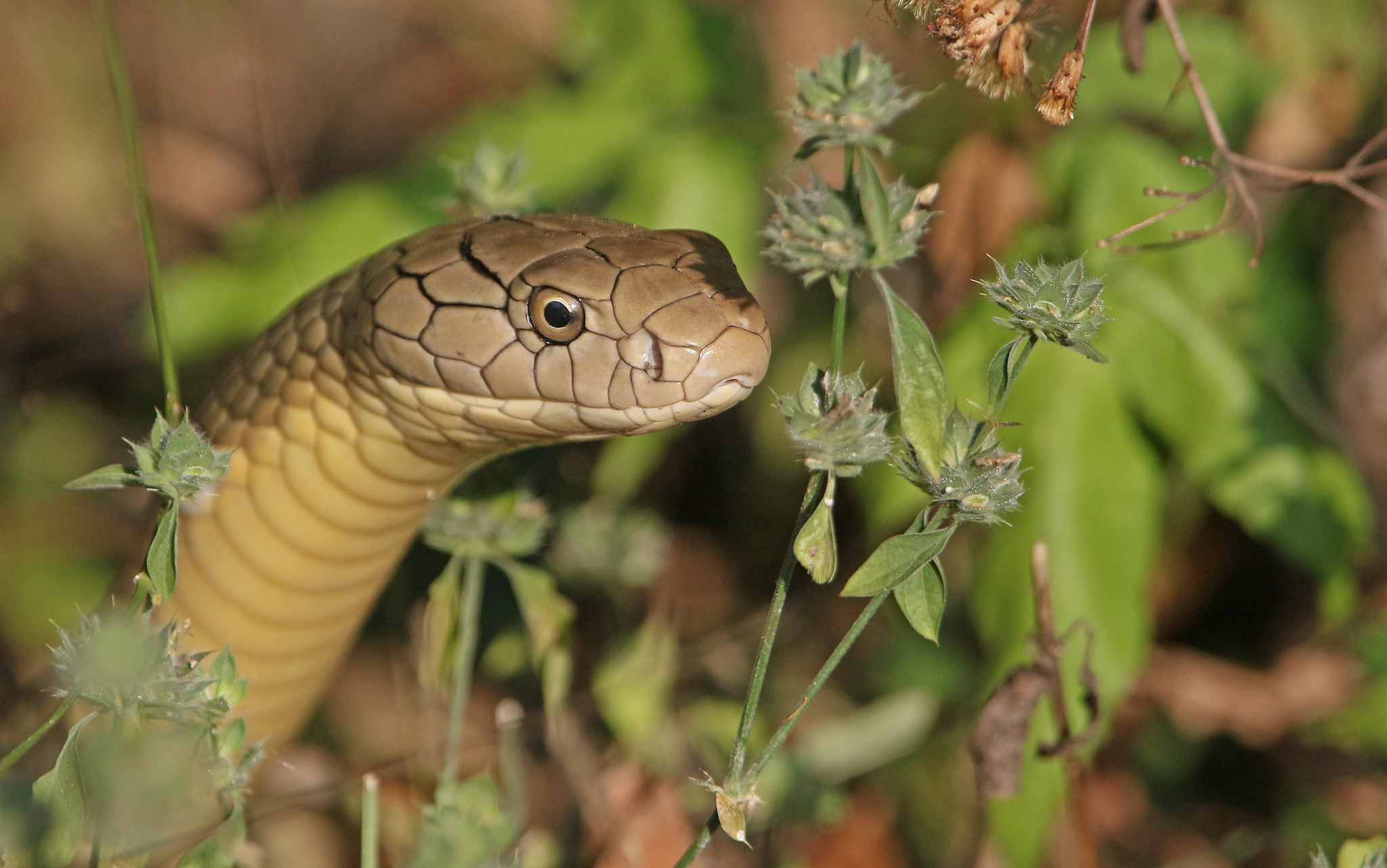Feature image: King Cobra (Ophiophagus hannah). Photo credit: Christoph Moning
The intersection between culture and environment is a space that has the potential for great conservation as well as extreme loss. Around the world, some species or groups of wildlife hold significant cultural value for their meat and use in traditional medicine. In Southeast and East Asian cultures, snakes play an important role in the communities’ culinary traditions. Hong Kong, in particular, has a large snake soup industry.
Researchers from the University of Hong Kong conducted a study across the three main regions of Hong Kong to understand the ecological and social implications of its snake soup industry. They aimed to learn about the species consumed, their origins and the shopkeepers’ views on the future of the industry. Owners and employees of multiple snake soup shops were interviewed to gain a better understanding of the industry. In addition, samples were collected from the snake soups in various shops so that the species could be identified using genetic analysis.
The most commonly consumed species were the rat snake and the Javan spitting cobra, both classified as Least Concern on the IUCN Red List. Less commonly consumed snakes were relatively abundant, but their conservation status varied. While many of the snakes consumed were native to Hong Kong, interview respondents indicated that the snakes were sourced from outside the country—primarily Southeast Asia and Indonesia. Mainland China was also a source; although, due to the increasing popularity of snake meat consumption in the country, the supply of snakes from mainland China to Hong Kong has reduced. The lower supply of snakes in Hong Kong has led to higher prices, making them unaffordable for most shop owners. Hence, there is an increasing dependence on cheaper Southeast Asian and Indonesian species.

Most of the shop owners and employees who were interviewed had a pessimistic view regarding the industry’s future. Some respondents believe that the popularity of snake soup itself is on the decline. They attribute this to climate change; snake soup is often consumed during winters, and increasing temperatures are discouraging its consumption. Others perceive the decreasing popularity to be because of the depletion of wild snake populations and increasing public awareness about conservation. Lastly, the psychological impact of the 2002-03 SARS outbreak in Hong Kong and other parts of mainland China still persists. The respondents believed that many customers do not want to consume wild animal food products out of fear of contamination.
The authors predict that if the Hong Kong snake soup industry continues to remain popular, it could run into sourcing-related issues with China depending on the extent of law enforcement, thereby increasing the demand for snakes from Southeast Asian countries. Further research is needed to determine the impact of harvesting on wild snake populations and the sustainability of the snake trade so that conservation actions can be guided accordingly. The authors recommend conservation actions such as ethically and sustainably managed snake farms as well as stricter regulations and monitoring of the snake trade. In fact, both China and Indonesia have introduced legal restrictions on snake trade at various points in time. Lastly, conservation efforts also need a focus on socio-economic equity to ensure that cultural culinary traditions are preserved while conserving snake species.
Further Reading
Yuan, F. L., C. T. Yeung, T.-L. Prigge, P. C. Dufour, Y.-H. Sung, C. Dingle and T. C. Bonebrake. 2022. Conservation and cultural intersections within Hong Kong’s snake soup industry. Oryx 57(1): 40–47. doi.org/10.1017/s0030605321001630.
Photos: Wikimedia commons






